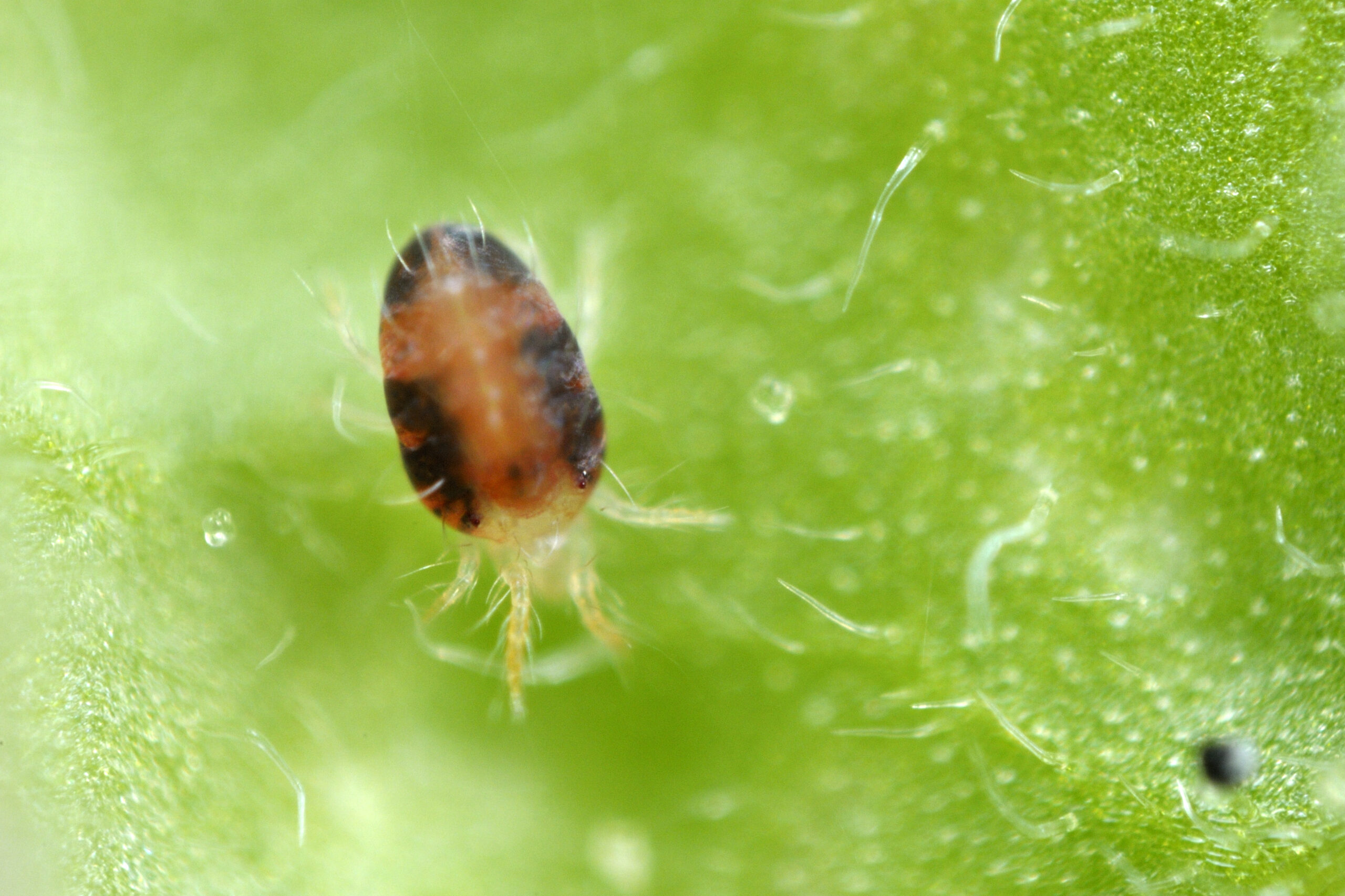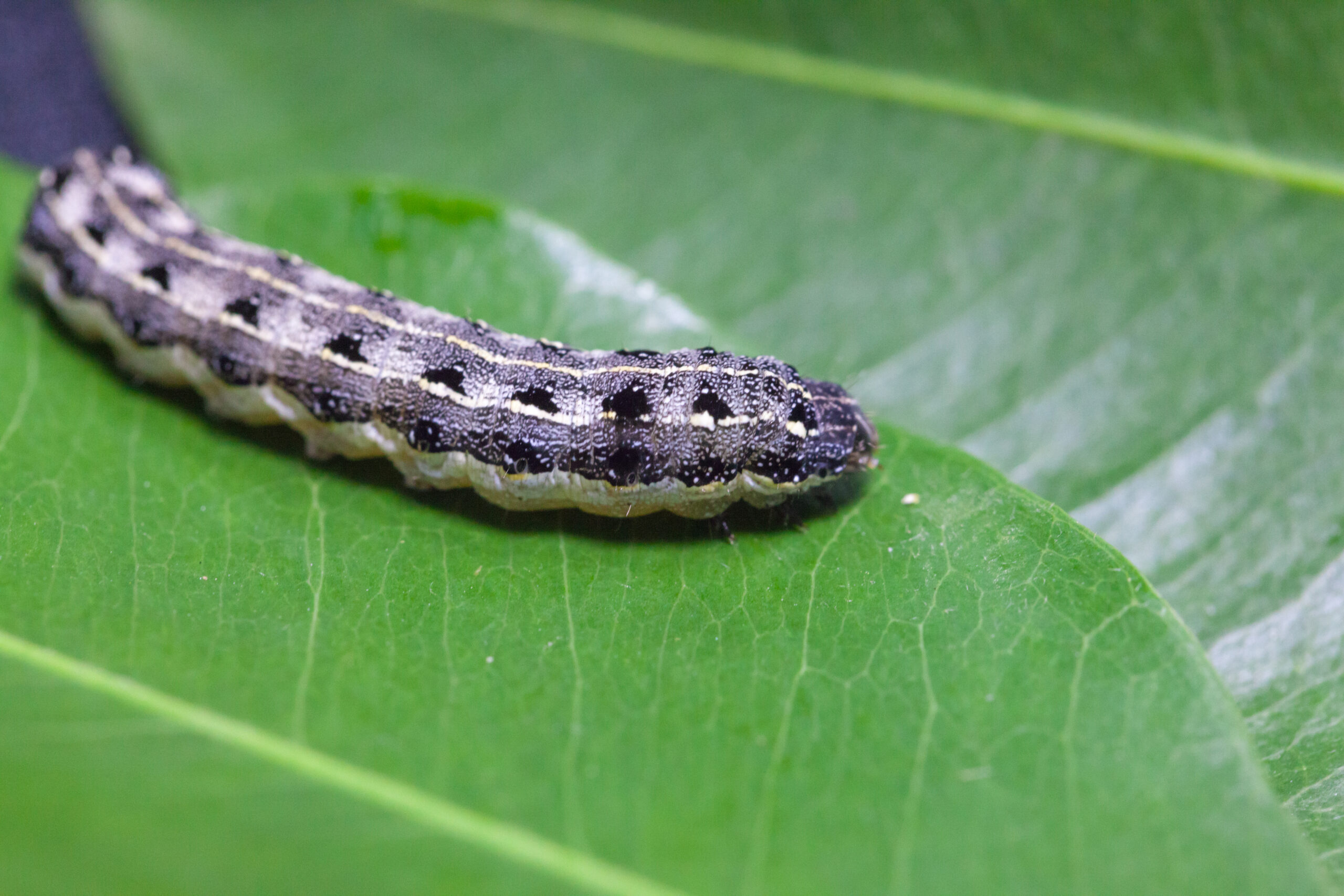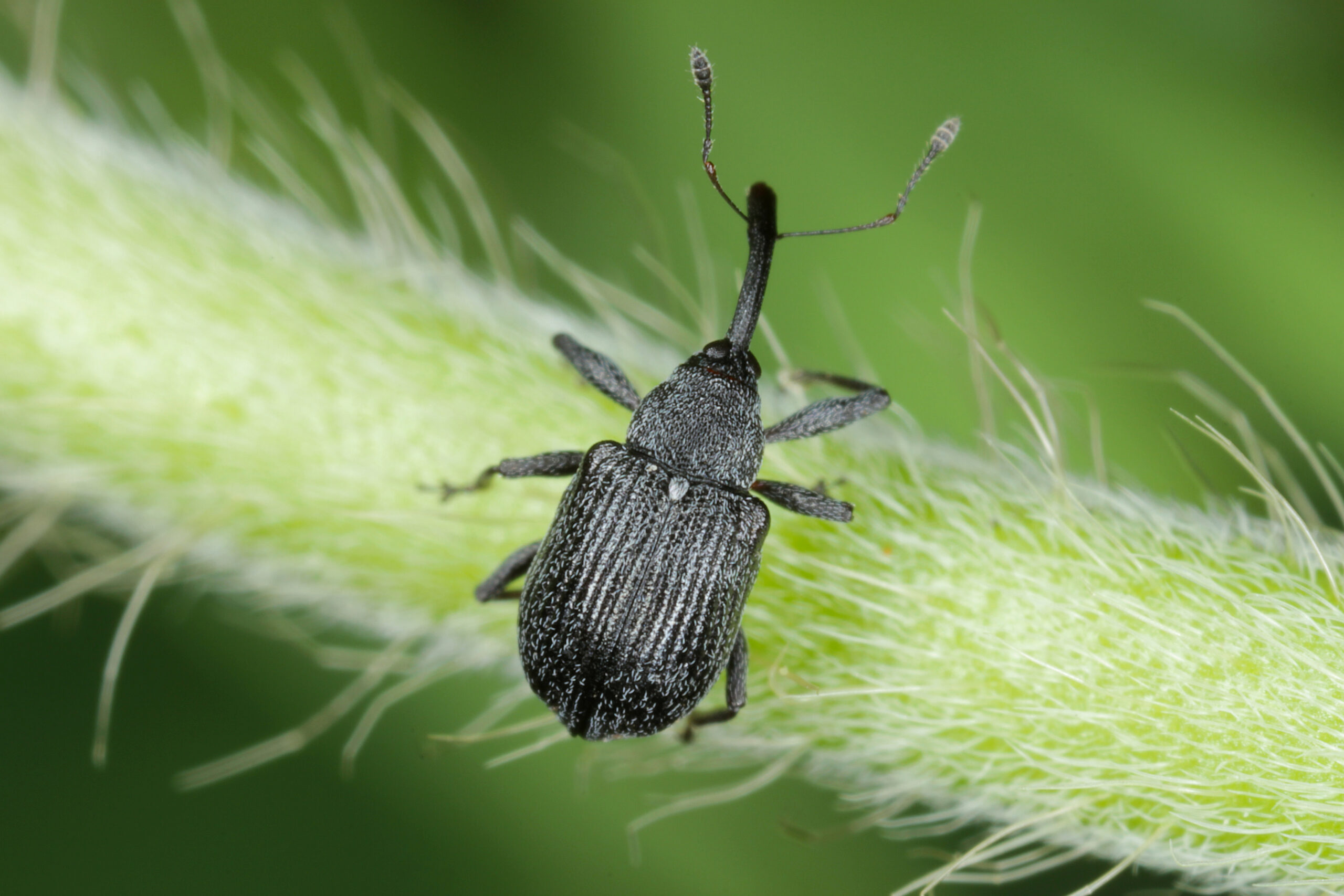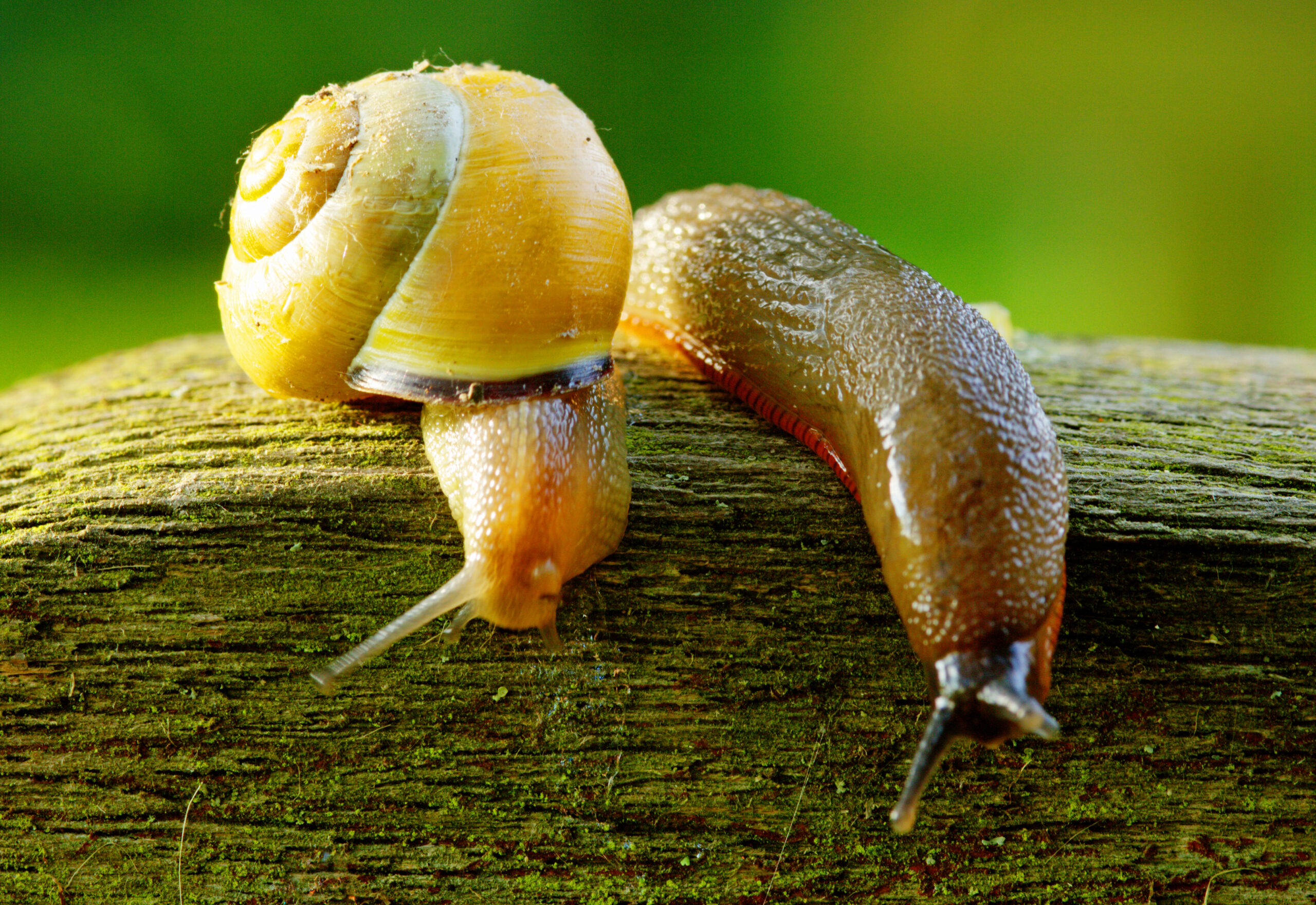6 Sinister Strawberry Pests
6 Sinister Strawberry Pests
Summer is the season of enjoying fresh fruit and vegetables, and some homeowners have the beneficial hobby of harvesting the produce from their own gardens. One of the most iconic fruits of summer has to be the strawberry. A ripe, juicy strawberry is a delectable snack on a hot day, and there are plenty of desserts and drinks you can make that feature this berry as the main star. Unfortunately, it still seems we cannot have nice things in a world full of pests. Some of the most notorious garden pests target strawberries if they are nearby, and this can result in a much smaller fruit production than usual. Since Virginia’s climate is perfect for growing these berries in the spring and summer, it is essential that gardeners know the most prevalent pests and how they damage these tasty fruits. Let’s take a look at 6 of the most common strawberry pests and their destructive habits that can ruin strawberry plants at any time.
Two-Spotted Spider Mites

Two-spotted spider mites do the most damage in hot, dry weather, which happens to coincide with peak strawberry season. These mites will weaken the plants to the point where the greenery is more vulnerable to adverse weather and hungry pests, and will likely not survive the following winter. The mites primarily feed on leaves, especially on the undersides where they like to hide. They pierce the leaves with their sharp mouthparts, drinking the sap within the leaves and causing the leaves to become stippled. This may not seem like a big deal in the grand scheme of strawberries, but it gets worse when the number of aphids multiply drastically throughout the year.
The two-spotted spider mite can lay up to 200 eggs at a time, all of which will hatch and live on the strawberry plants throughout their adulthood. These pests are yellow and tiny, so they can be difficult to spot if you are just scanning the tops of the plants. The telltale sign that your pest problem is spider mites comes from the “spider” part of their name. They leave behind wispy webs all over the plants they invade, and they look more like fake cotton webs than actual spider webs. The damage from two-spotted spider mites can cause the strawberry plant to expand out of self-defense, but this is not necessarily a good thing. It can grow to a dangerous size and eventually become too weak to ward off other pests that come to feast on the leaves.
Thrips

Speaking of pests that are too small to see at first, thrips are tiny insects that are much easier to see under a magnifying glass than with the naked eye. These yellow-brown insects are not as picky with their habitats. Thrips can be found on any part of the plant, but seem to favor weeds and fully-grown crops more than others. Don’t let the size of these pests fool you: they are some of the most dreaded and destructive insects in the world of gardening, especially for anyone who grows crops that will be shared with others.
When thrips feed on strawberry plants for long enough, they will cause multiple health issues for the crop. One is that the flowers will start browning prematurely and be unable to eventually become the fruitful blossoms that they need to be. Another effect is any fruit that does grow will be deformed from the start. Misshapen fruit would not be the worst thing in the world, if not for the subsequent results of the deformities. Any strawberries that are directly attacked by thrips will typically be any combination of hard, dull, tiny, and unripe. When thrips invade in large numbers, they can ruin that year’s production of strawberry plants and therefore render the surviving strawberries unsalvageable based on the preferences of general consumers.
Aphids

Aphids are to gardens what dragons are to fairytales: they always make an appearance at the most inconvenient times and are an absolute nuisance to slay. Thankfully, aphids are much smaller than dragons and aren’t dangerous to humans, but they inflict plenty of damage to gardens across the country. Aphids live in clusters on the underside of leaves and stems, and can blend in very easily due to their lime hues. Their sharp mouthparts pierce the leaf tissue and release the sap that the aphids can then immediately consume. These soft-bodied insects will not harm the plants in small numbers, but a full infestation can deal irreparable damage to any strawberry plant that has the misfortune of attracting aphids.
When enough aphids drink the sap from leaves, the plant will then experience distorted growth that results in less fruit production and smaller plants. The leaves will also show clear effects of a pest issue, as the common signs include jagged holes, curled edges, yellowing, wilting, and distortion. The problems do not stop there since aphids leave behind a secretion as a dangerous parting gift. As they feed, aphids secrete a sticky-sweet substance called honeydew. When it is left on the plant, the honeydew can develop sooty mold and damage the plant even further, which will subsequently affect the fruit. Honeydew also attracts ants that like to farm the aphids and take them to other plants to cause more damage, solidifying that aphids have a multitude of ways that they can cause trouble for a garden.
Cutworms

These pests are the larval stage of brown moths and cause plenty of problems for strawberry plants before they morph into adults. Cutworms eat leaves and stems on all kinds of plants, making sure to stay close to the surface of the soil the entire time. The moths lay their eggs on the host plants of their choosing, which can be strawberry plants if they are nearby. Once cutworms are satisfied with the amount of plants they have eaten, they will burrow into the soil to pupate and eventually emerge as moths. There are 2 to 4 generations of cutworms per year, which is more than enough to ruin the strawberry production of any garden.
One of the first signs of a cutworm infestation is if the damage to your garden is in clusters, like if the strawberry plants in one corner are affected and the nearby marigolds are completely fine. Another sign is if you find some of your younger plants toppled over, as if they were sawed off at the base. Cutworms get their name from this habit of eating through the stem of small plants and leaving them too weak to stay standing. The leaves that cutworms feed upon don’t seem to have much effect on the rest of the plant, which is the one positive of this experience. However, their excessive feeding on the rest of the plant will immensely reduce the fruit production for the rest of the season, so it is in the best interest of strawberry growers to scan the plants for cutworms often. It’s also wise to thoroughly weed the garden, as cutworms love weeds and will gravitate towards plants that have plenty of weeds surrounding them.
Strawberry Clippers

The name of this pest should be a telltale sign of just how detrimental they are to the health of strawberry plants. Strawberry clippers are essentially just brown beetles with a snout for a mouth that is fairly reminiscent of the mouths of weevils. The strawberry flower buds are their main target since these pests have the mouthparts to get into the young flower. The females place their eggs in the center of the buds, then chew the outside of the flower until it drops from the plant. The hatched larvae can then feed inside the bud and pupate near their plant of origin, eventually turning into adults and beginning the cycle of destruction all over again.
Although there is only one generation of strawberry clippers born per year, they will overwinter near their desired plants to get an early start on their feeding in the warm weather. Spring is the most active season for these pests, which can be bad news since this is also the time of year when plants are beginning to bloom again. The impacted strawberry plants can technically survive the damage done by strawberry clippers, especially if there are not very many of the insects. But that doesn’t make it any less annoying to have a bunch of tiny beetles crawling all over your precious strawberry plants every spring.
Slugs & Snails

These slimy nuisances are some of the most destructive garden pests ever, which may sound strange considering they seem like nothing more than squishy blobs. They eat both the leaves and the fruit of strawberry plants, so nothing is safe when these pests are on the scene. Snails and slugs hatch from their eggs in the spring and can take months to mature, so they may not cause much damage until the following spring. They are both nocturnal and therefore do most of their feeding at night, which is why they are not usually caught in the act of feeding on our plants. Slugs and snails both hide in moist soil during the day, and their dark coloring makes it easy for them to blend with their natural surroundings.
The evidence of snails and slugs feeding on strawberry plants is clear with the jagged holes in stems and leaves. They also leave their infamous slime trails everywhere they go, so you will see these shiny tracks around your plants if these pests are around. Snails and slugs are attracted to strawberry plants with a lot of mulch and weeds around them, as both of these provide plenty of hiding spots for the pests. They seem to cause more problems for ripe strawberry plants since the fruits are ready to be devoured by anyone, including these annoying pests. An even more frustrating fact than that is that snails and slugs can cause a domino effect of pest issues when they feed from strawberry plants. Once they chew holes into the fruit and leaves, nearby garden pests (like earwigs and aphids) will take notice of the plant’s defensive scents and be drawn to the same area. Luckily, it is much easier to pick snails and slugs off plants by hand than other pests, so this problem has a definite solution.
Go Green to Protect Your Garden
Besides picking weeds and ensuring that your garden is well-watered, the best way to keep your strawberry plants pest-free is to schedule regular treatments from a professional pest control company. The experienced and knowledgeable technicians of Green Pest Services are always prepared to provide our thorough services that will get to the root of your pest problems. We only use eco-friendly treatments that we guarantee to be effective against pests, so you never have to worry about harmful chemicals contaminating your plants and affecting the health of your family. When you receive quarterly treatments from our dedicated team, you can be sure that you are receiving the most caring and effective services in town. Contact us today to schedule your initial service with our highly-trained team and say goodbye to your strawberry pest sorrows!
Citations
Bessin, R. (2019, November). Common strawberry pests. Entomology at the University of Kentucky. Available at https://entomology.ca.uky.edu/ef207 (Accessed on July 6, 2023).
Burrack, H. (2014, June 25). Strawberry clipper weevils in strawberry. NC State Extension. Available at https://content.ces.ncsu.edu/strawberry-clipper-weevils-in-strawberry (Accessed on July 6, 2023).
Burrack, H. & Toennisson, A. (2014, May 13). Slugs in strawberries. NC State Extension. Available at https://content.ces.ncsu.edu/slugs-in-strawberries (Accessed on July 6, 2023).
Burrack, H. & Toennisson, A. (2014, May 15). Cutworms in strawberries. NC State Extension. Available at https://content.ces.ncsu.edu/cutworms-in-strawberries (Accessed on July 6, 2023).
Hayes, B. (n.d.). The 19 most common strawberry plant pests and diseases. Morning Chores. Available at https://morningchores.com/strawberry-pests-and-diseases/ (Accessed on July 6, 2023).
Swainston, D. (2023, April 12). Strawberry pests – Expert tips on how to spot them so you can protect your plants. Homes & Gardens. Available at https://www.homesandgardens.com/gardens/strawberry-pests (Accessed on July 6, 2023).
Welty, C. (2019, April 27). Beware of thrips on strawberries. OSU Speciality Crops Newsletter. Available at https://u.osu.edu/vegnetnews/2019/04/27/beware-of-thrips-on-strawberries/ (Accessed on July 6, 2023).
8 Creative Ways to Have a Pest-Free Fourth of July
8 Creative Ways to Have a Pest-Free Fourth of July 8 Creative Ways to Have a Pest-Free Fourth of July Summary: The Fourth [...]
A Simple Guide to Preventing Stinging Pests
A Simple Guide to Preventing Stinging Pests A Simple Guide to Preventing Stinging Pests Summary: Stinging insects are more active in warm weather, [...]
These 10 Natural Mosquito Repellents Can Actually Help
These 10 Natural Mosquito Repellents Can Actually Help These 10 Natural Mosquito Repellents Can Actually Help Summary: Natural mosquito repellents are easier to [...]
How to Get Rid of Carpet Beetles
How to Get Rid of Carpet Beetles How to Get Rid of Carpet Beetles Summary: Carpet beetles are sneaky pests that don’t usually [...]
How Do Roaches Affect Asthma and Allergies?
How Do Roaches Affect Asthma and Allergies? How Do Roaches Affect Asthma and Allergies? Summary: It’s no secret that pests impact human health, [...]
These 5 Carnivorous Pests Might Surprise You!
These 5 Carnivorous Pests Might Surprise You! These 5 Carnivorous Pests Might Surprise You! Summary: There are many eco-friendly ways to prevent pests, [...]

